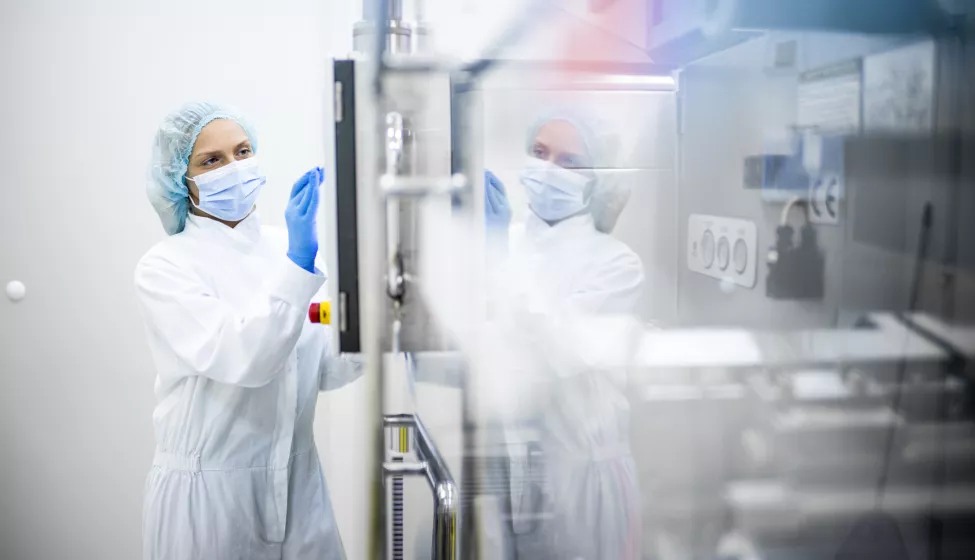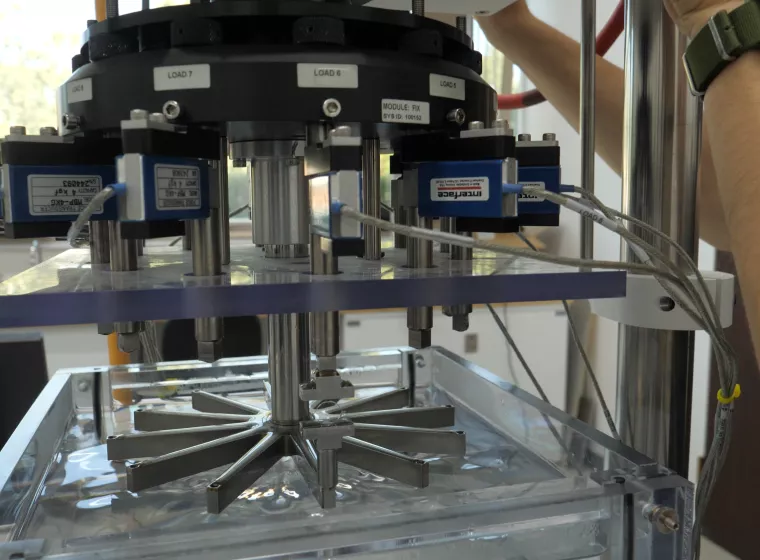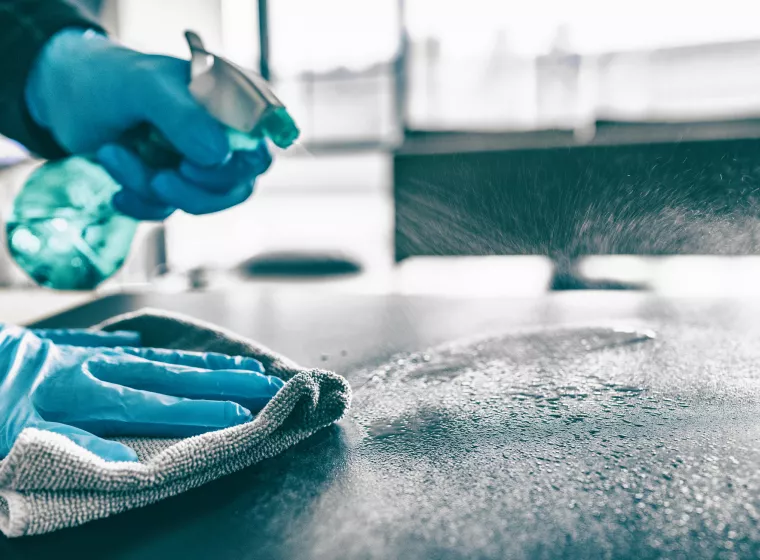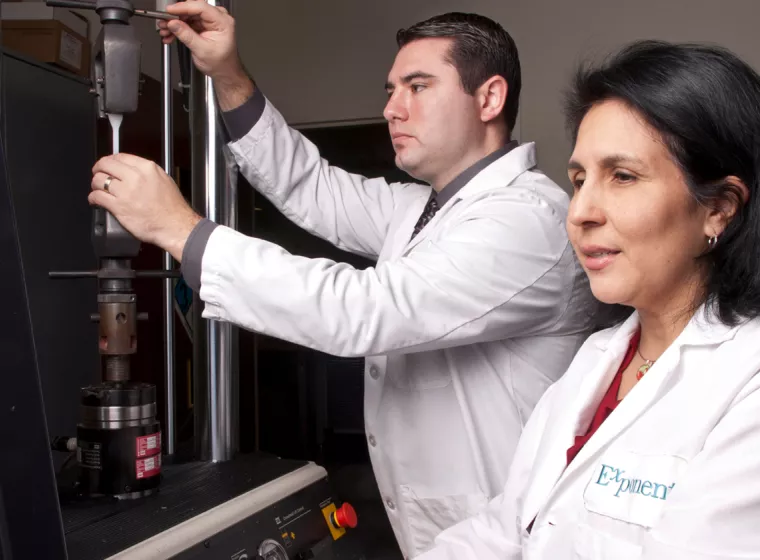March 27, 2024
Final rule requires a 90% reduction in ethylene oxide emissions from commercial medical device sterilization facilities
On March 14, the Environmental Protection Agency announced final amendments to the Clean Air Act standards to reduce ethylene oxide (EtO) emissions from medical device sterilization facilities by 90%, one of the most stringent measures to reduce EtO emissions in U.S. history. This reduction is even more stringent than EPA's April 2023 proposal, which called for an 80% reduction of EtO emissions to outdoor air from commercial sterilizers.
EtO is used to sterilize about half of all medical equipment in the U.S.; however, EPA has concluded that EtO is a human carcinogen with a high estimated cancer potency based on data from a study of sterilization workers. That estimate has been challenged, as the Texas Commission on Environmental Quality (TCEQ) estimated a substantially lower cancer potency using the same data. The National Academies of Sciences, Engineering, and Medicine are establishing an ad hoc committee to review the TCEQ analysis.
While the debate over EtO's cancer potency continues, this announcement puts added pressure on sterilizing facilities and the medical device industry at large to develop viable alternative sterilization methods or to identify alternative materials for their products.
AdvaMed, the world's largest medical technology association, has recently expressed continued concerns that implementation of EPA's rule could cause up to a 50% reduction in EtO sterilization capacity for medical technologies and widespread delays in patient care. They also highlighted that medical device sterilization uses half of one percent of all commercially produced EtO.
New compliance timeline for EtO emissions standards
After the April 2023 proposed standards were issued indicating 18 months for compliance, some stakeholders expressed concerns that requiring EtO facilities already at capacity to find alternative ways of sterilizing medical devices might cause facility closures and create a shortage of sterile medical devices, leading to treatment delays for patients.
Under the new rule, a company's compliance time is based on how much EtO they use. According to the Final Amendments to Air Toxics Standards for Ethylene Oxide Commercial Sterilization Facilities: Fact Sheet (epa.gov), the more EtO a facility uses, the shorter the deadline for compliance due to increased risk. The final rule will affect emissions at 88 commercial sterilization facilities operated by approximately 50 companies:
| Facility EtO Use | Compliance Time Frame | Number of Facilities |
| Over 60 tons per year | Two years | 28 |
| 1-60 tons per year | Two to three years | 39 |
| Less than 1 ton per year | Three years | 21 |
According to EPA, the compliance schedule is designed to provide sufficient time for sterilizing medical equipment while installing and testing new monitoring and emission control systems and equipment that will protect workers and communities.
Continuous air monitoring
The final rule requires facilities to continuously monitor EtO emissions, complete quarterly reports, and "install available and proven technologies, practices, and procedures which have been demonstrated to significantly reduce EtO emissions."
EPA is in the process of finalizing the following amendments to the National Emission Standards for Hazardous Air Pollutants (NESHAP), which commercial sterilizers using EtO must follow under the final rule:
- Establish standards for currently unregulated emissions, such as building leaks ("room air emissions") and chamber exhaust vents, to reduce risk and account for technological developments.
- Strengthen standards that are on the books for sources such as sterilization chamber vents and aeration room vents.
- Strengthen compliance by requiring the use of continuous emissions monitoring systems, which will provide much-needed assurance to nearby communities.
- Include definitions for affected sources.
- Ensure that sterilizers are subject to emission standards during periods of startup, shutdown, and malfunction.
- Other clarifying items including electronic reporting and technical revisions.
EPA developed the final rule after conducting national webinars, public hearings, and public meetings, as well as collecting more than 40,000 comments from the rulemaking docket.
What Can We Help You Solve?
Whether you need to reduce and monitor EtO emissions or find alternative sterilization options, Exponent's multidisciplinary team of biomedical engineers, health and material scientists, and regulatory experts can help sterilization facilities and medical device manufacturers optimize the sterilization cycle and meet new EPA requirements.












